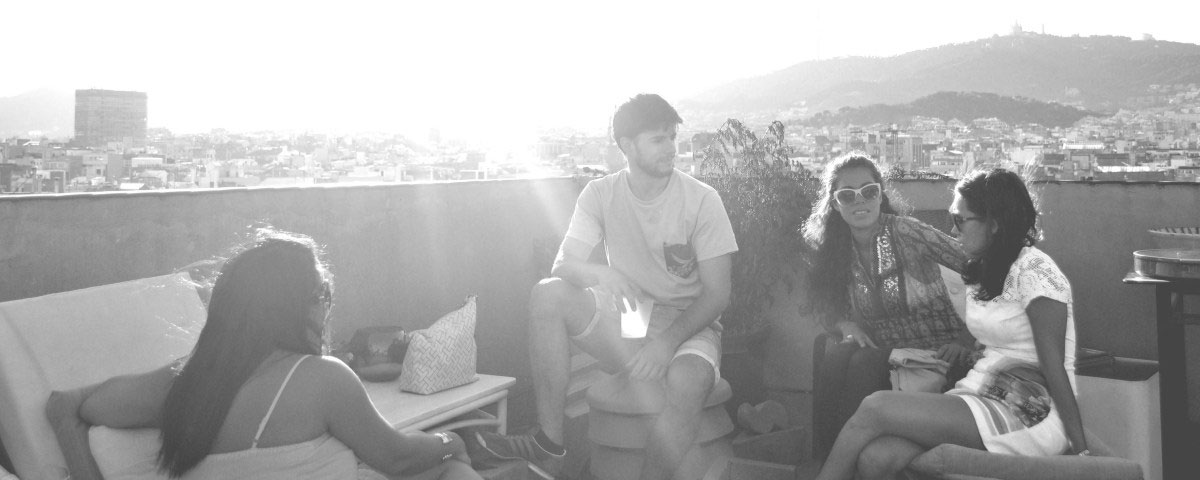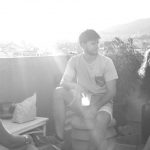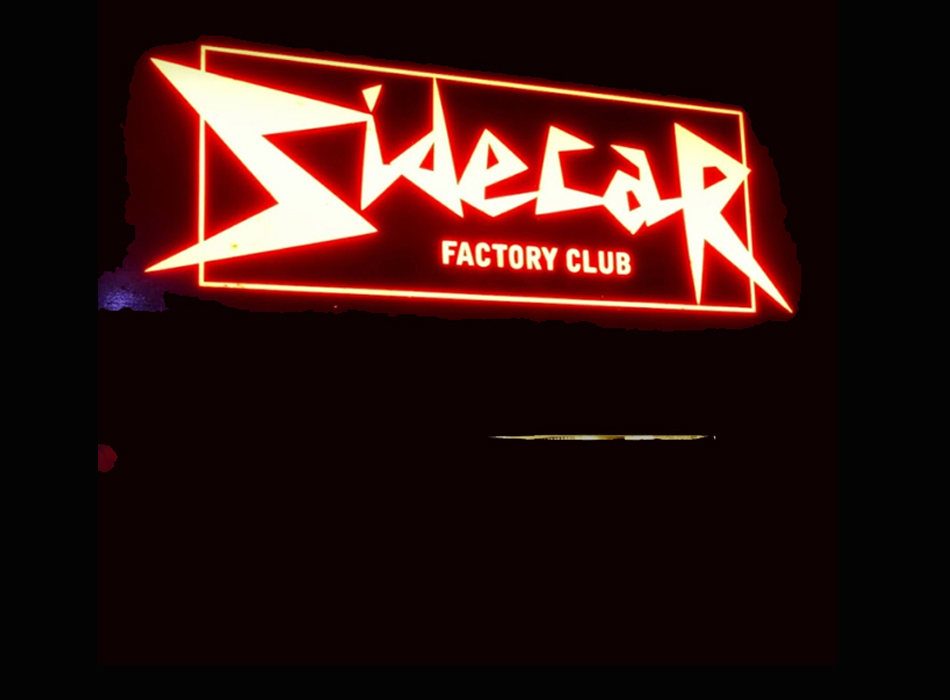Performance artist Sylvia Rimat was born in Germany and lives in Bristol UK. Interactive and playful, her shows are internationally performed in theatres, galleries and public spaces. She uses dance, movement and multimedia technology to explore themes such as memories and consciousness, inspired by research with specialists from various fields, from neuroscience to experimental psychology, and from mathematics to philosophy. The Sala Hiroshima venue opened in Barcelona last year and has quickly established a reputation for supporting the most exciting experimental newcomers and established performers; it comes as no surprise that Sylvia Rimat was invited to open their second season on the 25th and 26th Sept. Lookbook360 had the privilege of catching up with Rimat before her first performance in Barcelona.
Tell us about your upcoming show in Sala Hiroshima, “I Guess if the Stage Exploded.”
I’m trying to present a show which no one in the audience will ever forget; an ambitious and perhaps impossible proposal! The title stems from a conversation with an experimental psychologist. I asked him how he thought this could be achieved and he replied, “I guess if the stage exploded…” Intentionally making people remember something is a very difficult task, unless there’s a significant intervention such as the stage exploding or someone being taken hostage. In my show I’m not doing that, there’s no big event. On the contrary, I work with interactive memory exercises and try to make people remember simply with these exercises. In the development process I spoke with a researcher in experimental psychology, a neuroscientist, and with someone from the Centre for Death and Society at the University of Bath. We also discussed the desire that many of us have to be remembered or commemorated, which is incorporated into this show.
As an artist, what forms of communication are you especially interested in developing for communicating with your audience? Theatre, performance, live art..?
I’m most interested in the live moment, the interaction with the audience. I want to explore certain themes and questions with them, so it’s not only my personal experience, it’s theirs too. What probably comes first for me is the encounter between the artist and audience. I experiment a lot with text and spoken word, usually addressing the audience directly. I also work to a certain degree with movement and dance elements, even though I’m not a dancer. Video is an element I often use, also new technologies like a Skype connection that brings other artists into the performance.
And in this show there’s an owl?!
Yes! For some reason animals often come up in my shows, either real or imagined ones.
So what’s it like working with a real owl?
It’s fantastic. I didn’t know what to expect when I started. Originally I wanted an elephant. The show premièred at the Barbican Festival in 2011 and back then the festival director said that I could do whatever I wanted! An elephant is the animal most associated with memory, as apparently they never forget. My idea was to have a baby or teenage elephant come up on stage at the end and stare at the audience for a minute.
That sounds even more memorable than an exploding stage! What happened?
I found an elephant and the funding came through, but in the end the agency couldn’t provide the elephant for reasons of licensing and animal welfare… I contemplated what to do for a long time, and came up with an owl. Owls have many connotations with wisdom and knowledge, which is very related to memories. One of the delightful details of working with the owl is that it keeps turning its head 180º , so it’s as if the owl is between the audience and the stage as it can look head on at both. It’s a predator so its gaze is very present.
What have been your most powerful personal discoveries about consciousness and memory during the process of this work?
Probably my conversations with the neuroscientist. He said that if I let the audience have a nap at the end and play them the sound of slow wave oscillations that would definitely help them to remember the event and to transfer short term memory to the cortex where long term memories are stored. That’s probably the most fascinating part for me. Also, the experimental psychologist said it’s really important for people to be personally involved in order to remember, so I try to focus on different audience members at different moments.
So your performance goes beyond a stage show… you’re giving the audience an experience of neuroscience through the show?
Yes, that’s exactly what I’m looking to do.
What collaborations have you especially enjoyed working on recently?
I enjoyed working in my last show, “This Moment Now”, with a woman in her 90s and a girl aged 8. It was about how we experience time. I asked them to dance for the camera and worked with their dance movements, using these elements to play with movement marked by time.
What did you learn about the perception of time through these two different people?
Their movement vocabulary is so different. The way the young girl throws up her arms and limbs is very reckless. The movement quality of the older woman is very economic in the sense of how big she can go with her movements. She’s very careful not to trip or fall, or use too much energy. I also spoke with scientists about Einstein’s space-time and the concept of entropy, and with a philosopher about the “now moment”. I guess the biggest revelation in the show was probably that on the one hand we all experience time, and on the other we have very clear structures and ways of measuring time, but nobody really knows what time really is. What I found very counterintuitive is that in physics the “now moment” is just a relative thing, it’s not important, whereas for us to interact and communicate the “now moment” is crucial.
How important do you consider the scientific background to be for your work?
It’s important, yes. Over the last years I’ve developed a few shows that started with conversations with various scientists and specialists from various fields.
What do you consider to be the relationship between the scientific rationalist approach and the more emotional artistic approach?
I really like combining the two, combining scientific research with personal experiences. I think it’s something we can do in the arts. We have the freedom to combine different perspectives, whereas a scientist has to be very precise and focused. Usually scientists have a very tiny area which they research, whereas as an artist you have more freedom to use different perspectives and ask questions.
I was reading an article this morning that said scientists have found the first observable data linking falling in love with chemical changes in the brain. Is this the kind of theme you’re interested in exploring through your art?
Absolutely! I’m really interested in consciousness and the mind-body conflict. On the one hand neuroscience offers a lot of research on the brain, and on the other hand there are our personal experiences, but nobody can really bring the two together yet. Neuroscience can’t really explain identity, how we are feeling and our emotions. Maybe one day it will be possible but at the moment they’re two different paths. I find that fascinating. Performance can work with emotions, personal experiences and all these things. Art in a way bridges this gap; it brings together the science and the personal experience.
How does this phrase speak to you? “The path isn’t a straight line, it’s a spiral. You continually come back to things you thought you understood and see deeper truths.” Do you recognise a spiral element in your work?
Yes, in general I would say that identity has a lot to do with this. I came across a philosopher who says identity is a bit like a nest structure. I like the idea that our identity is constantly being built up through all our experience. These experiences are the different strands of the nest, but then it’s being restructured all the time. It totally relates to performance too. I guess originality is only a tiny tip of an iceberg, most of the things that are being created relate to things we have seen and heard, and maybe we’re only making small differences in how we perceive something. Recurrent themes and questions come up in my work, like memory and consciousness, and I work with them differently with different people and projects.
If you rubbed a magic lamp and a genie appeared saying “I can answer any one question for you,” what would it be?
Can I ask two? The first is this relationship between the mind and brain. I don’t know if it’ll ever be possible to answer it, or whether that would even be so great, because in a way it very much fuels my work! The other thing I would like to know is about the present moment. Is it really just a subjective experience that we share just because we’re in on same planet and solar system? All these theories aren’t complete yet, so it’s not really clear.
Which international cities do you think are particularly exciting at the moment from the point of view of artistic collaboration and activity?
I find the scene in Bristol where I live very interesting; there are a lot of performance artists, it’s very experimental. It’s cheaper to live here than London! There’s a lot of support, through festivals, and a really interesting scene has been developing. Apart from that, I’m quite interested in the work that’s happening in different cities in Australia, like Melbourne, Sydney or Perth. In Europe, I don’t consider Berlin to be such a hub for the style of work I do. Belgium’s probably an interesting place, there’s a lot of support for the arts there. I haven’t performed in Belgium yet, but I’d like to!
Are there any projects that you’re working on, or future plans you’d like to mention?
I’d like to continue working with scientists, and I’d like to create different formats such as working one-on-one. I’m also interested in developing a performance book. It would address the reader like an audience with tasks they can carry out, so they become the performer and also an audience member as they experience themselves performing.
Thank you Sylvia, we look forward to catching your show in Barcelona this weekend.
____________________________________________________________________________
Sylvia Rimat performs “I Guess if the Stage Exploded…” at Sala Hiroshima (C/ Vila y Vila 67, Barcelona) on the 24th and 25th Sept 2015.
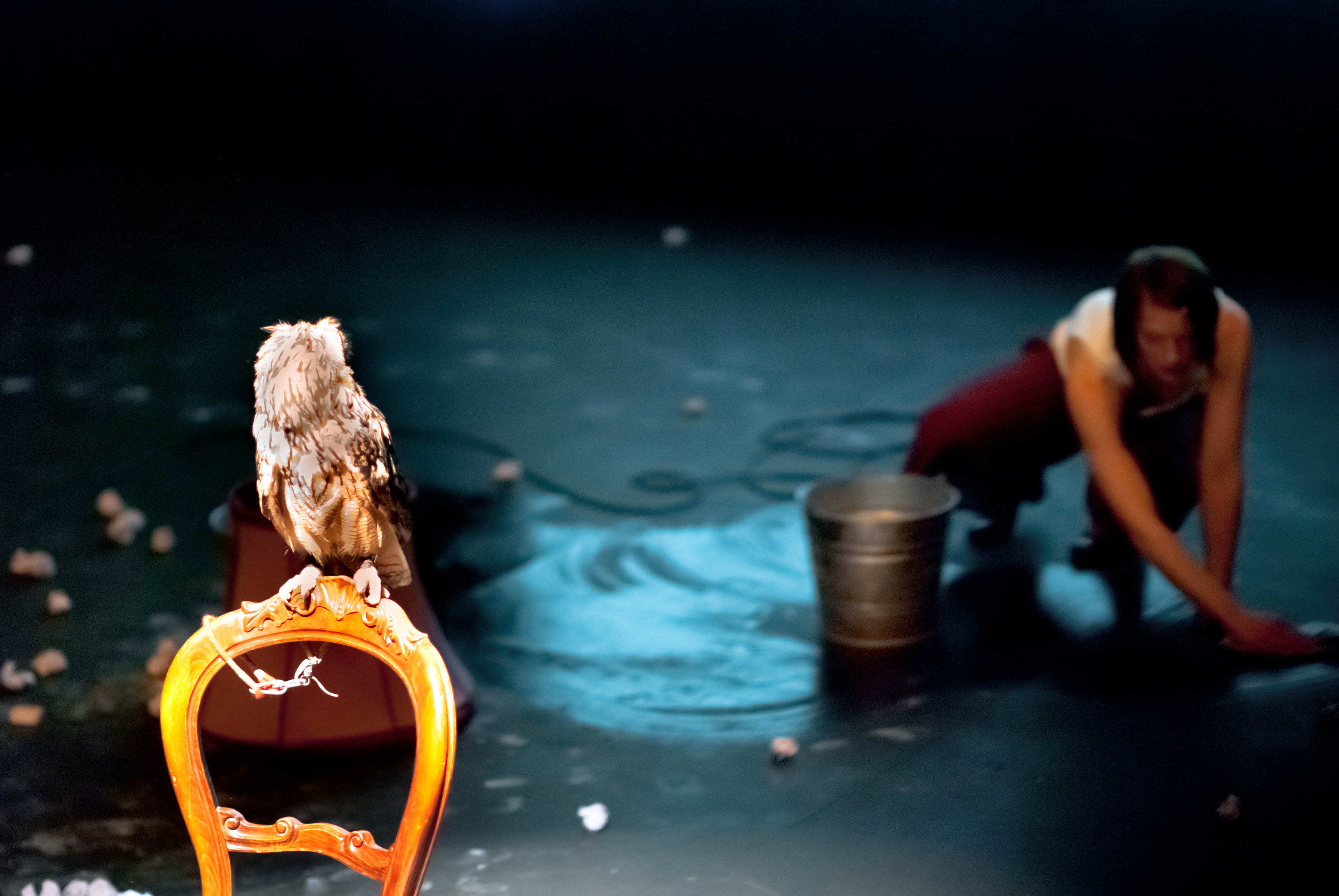
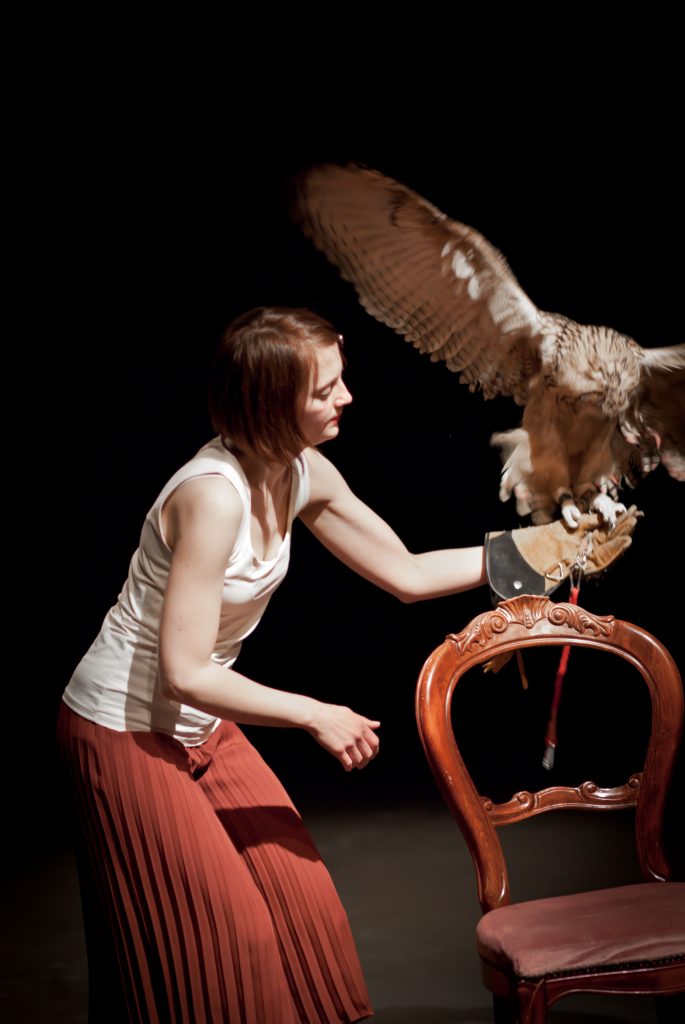
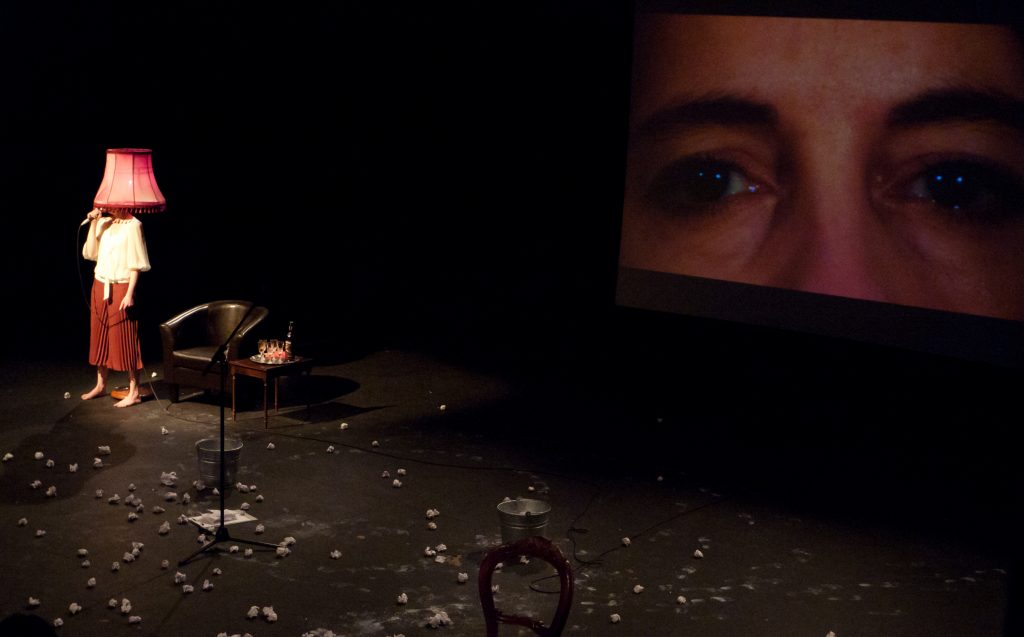
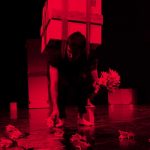
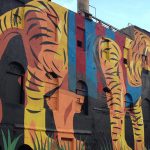
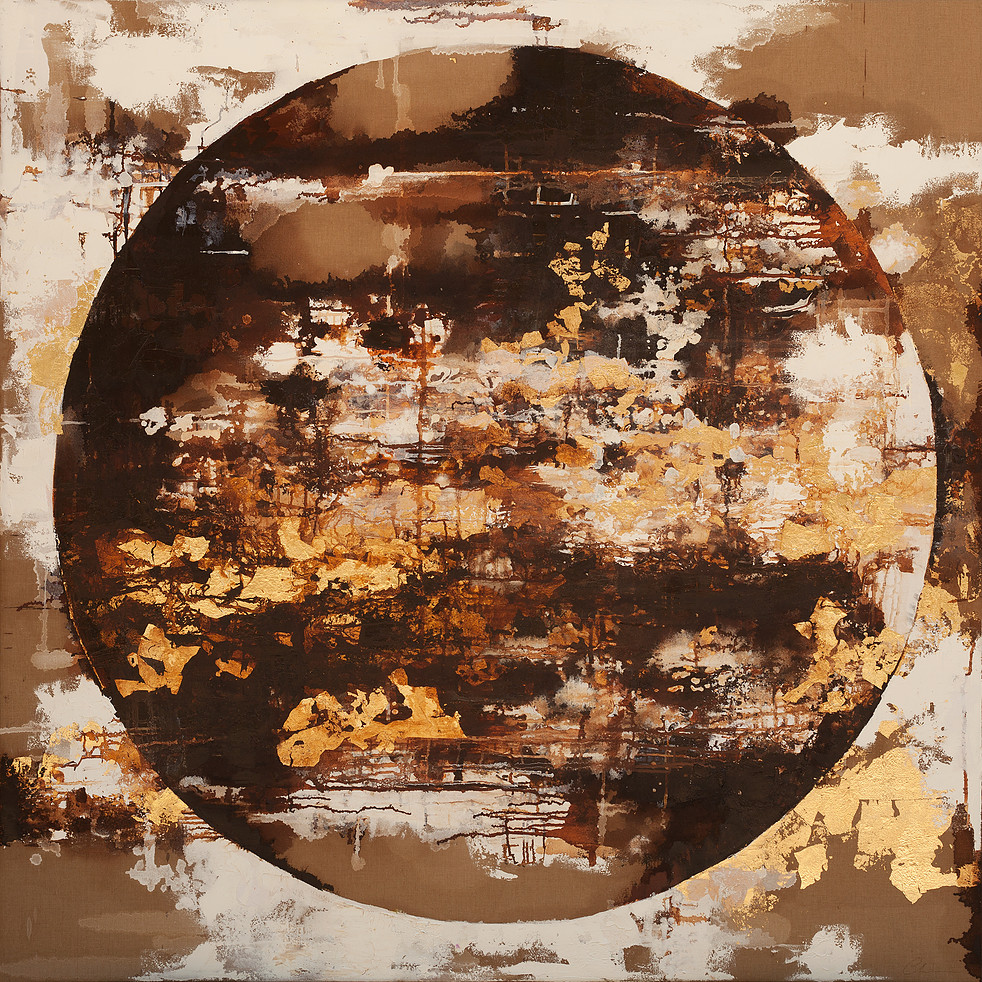
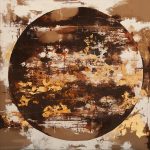
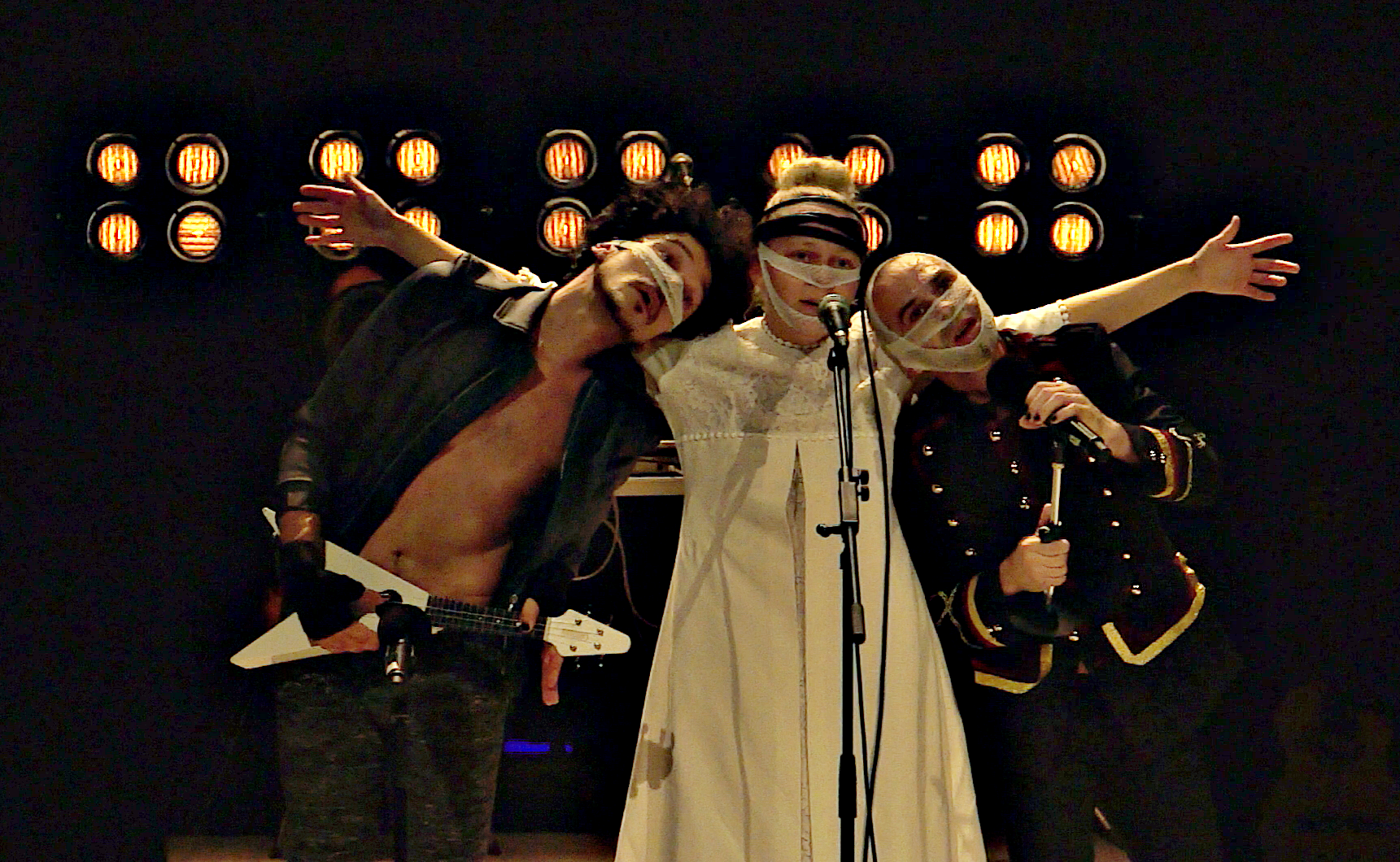
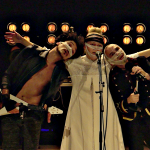
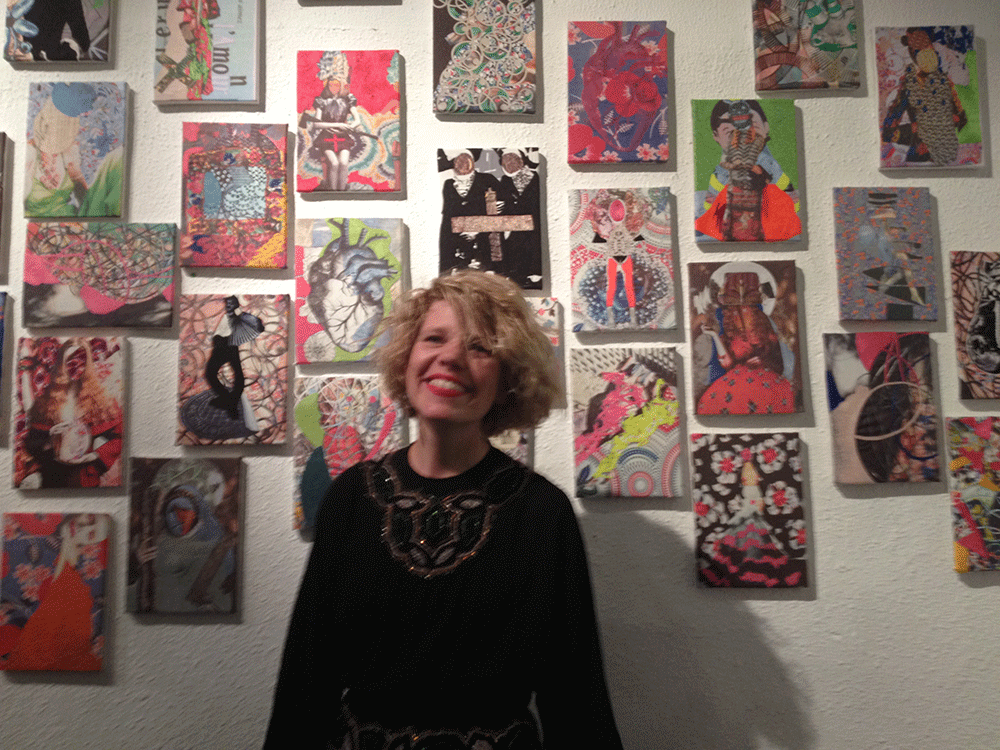
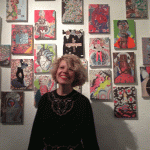
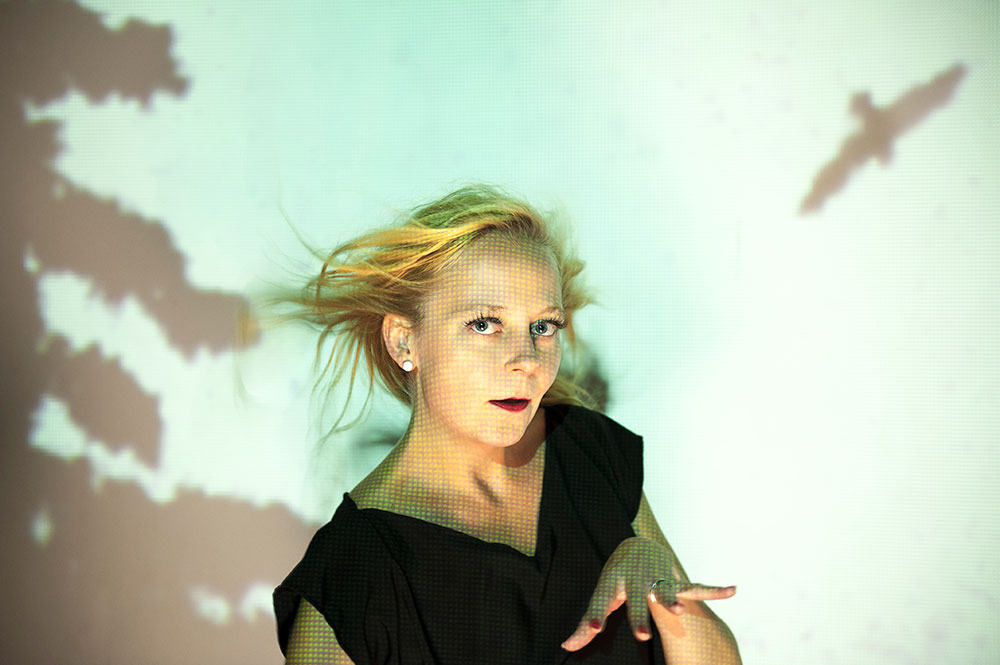
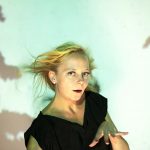
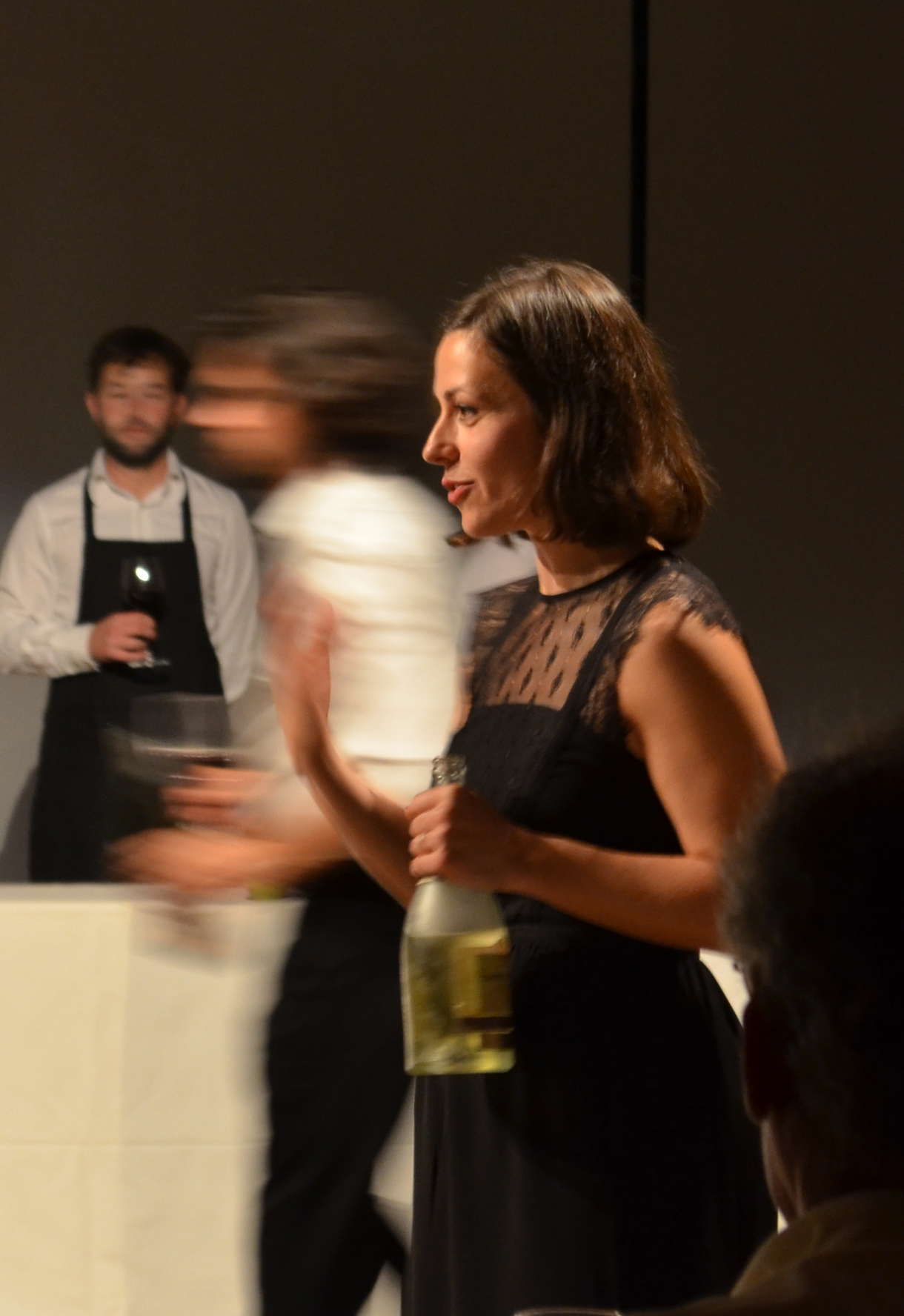
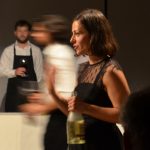
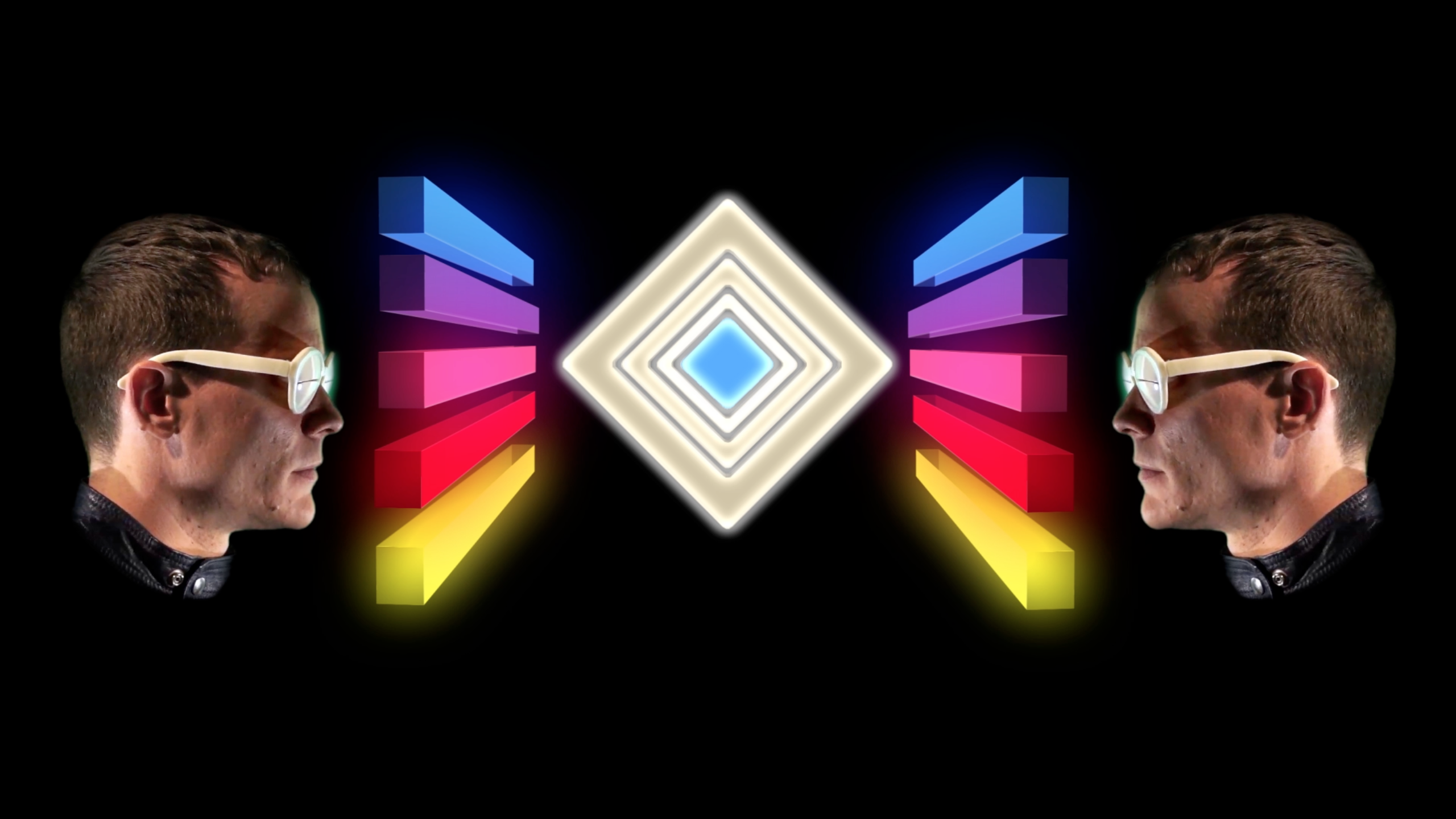


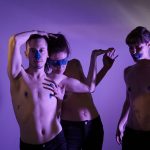
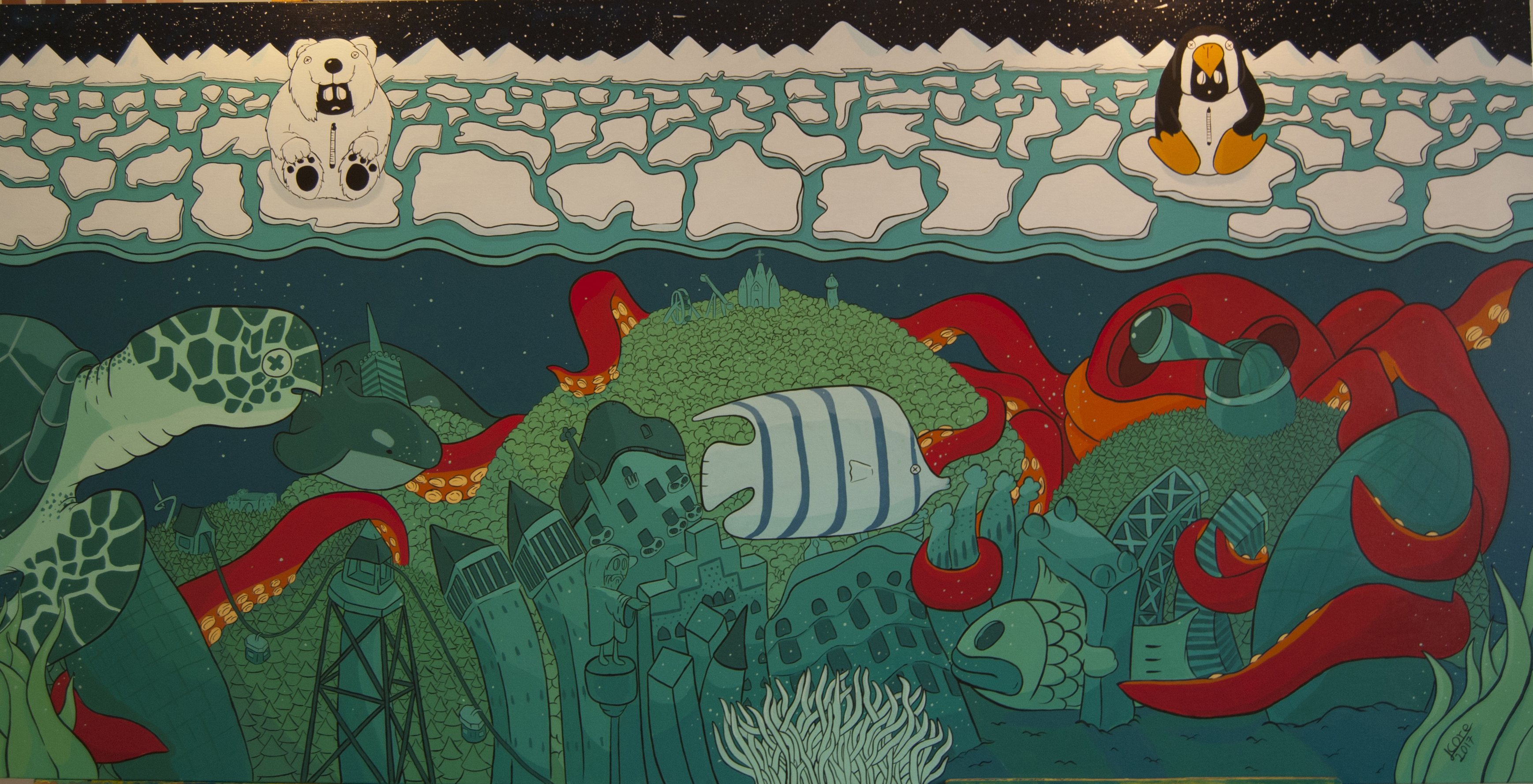
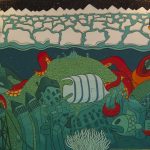
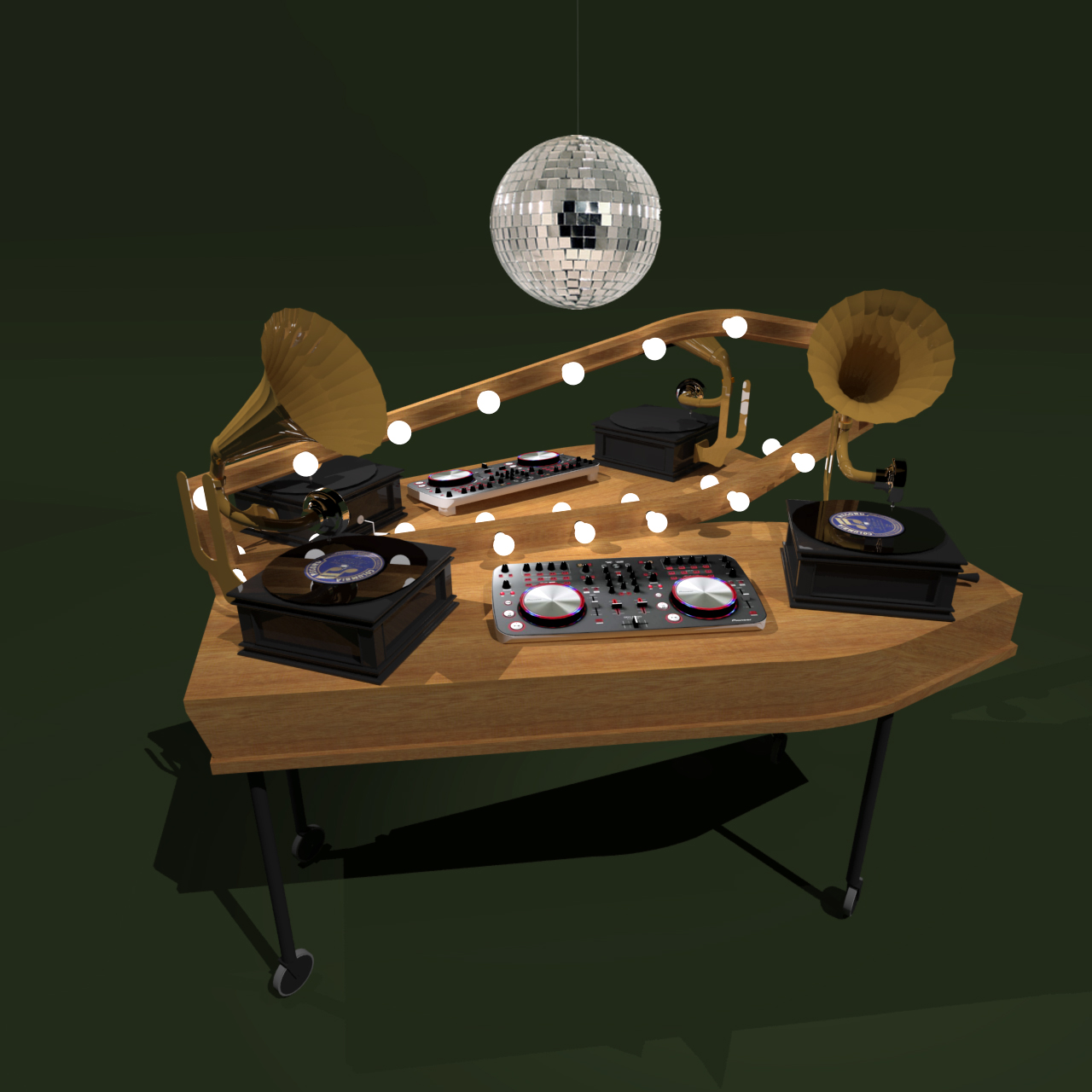

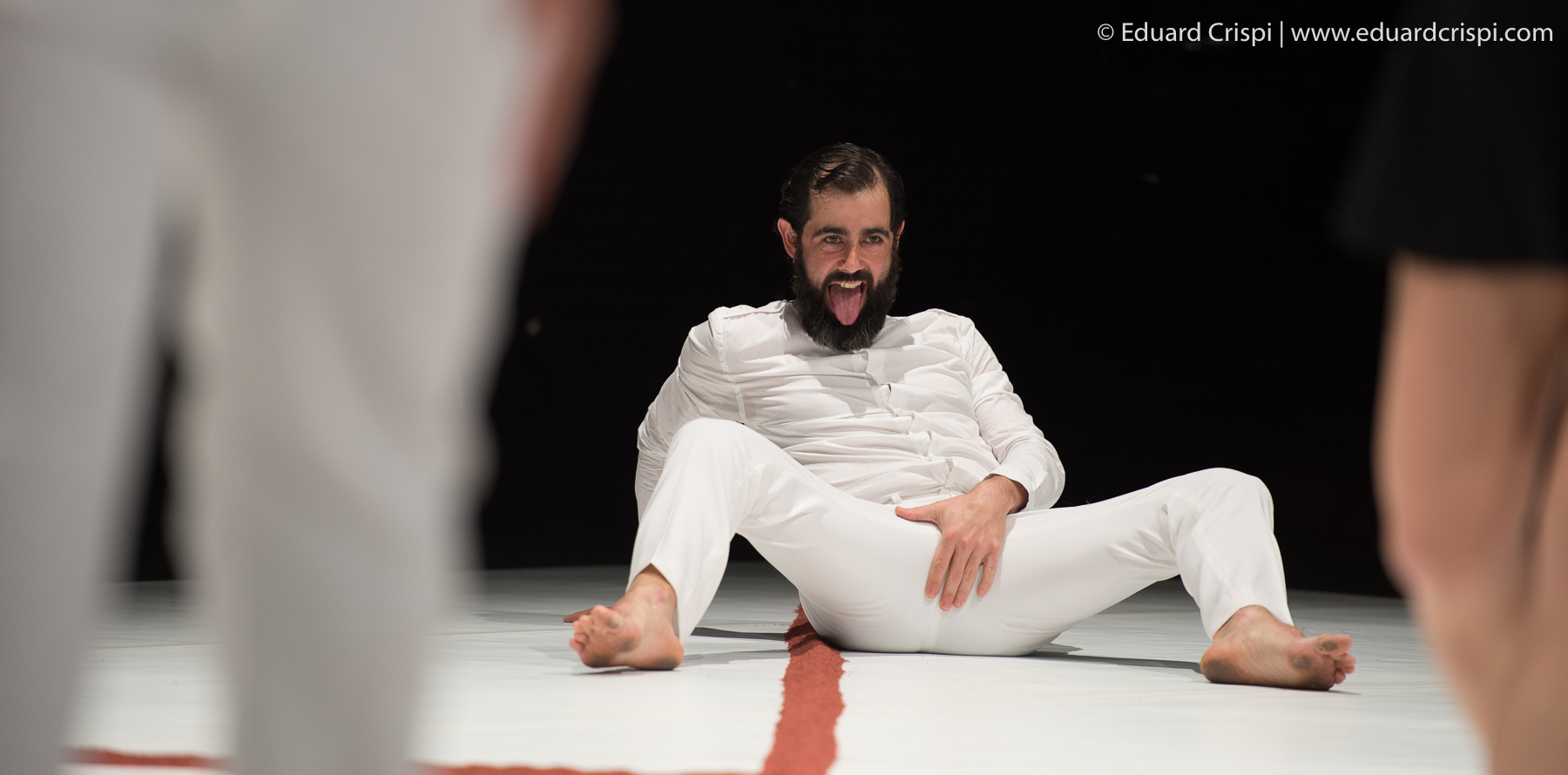
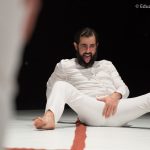
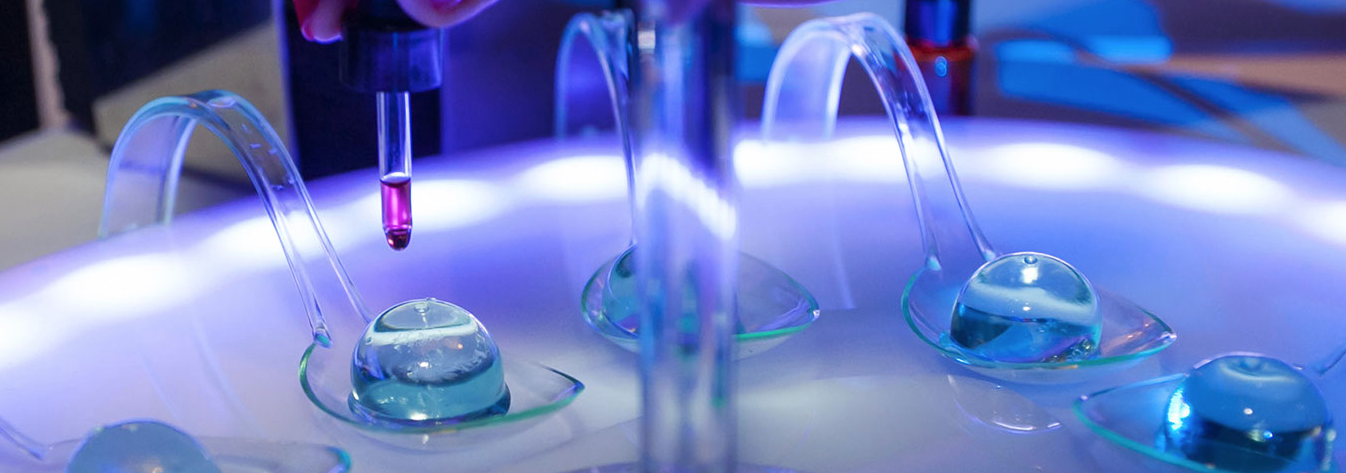
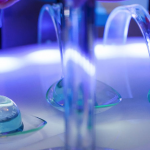
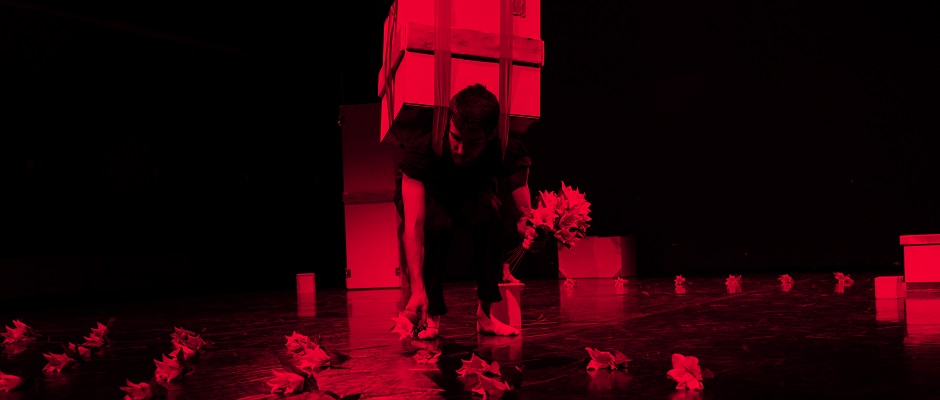
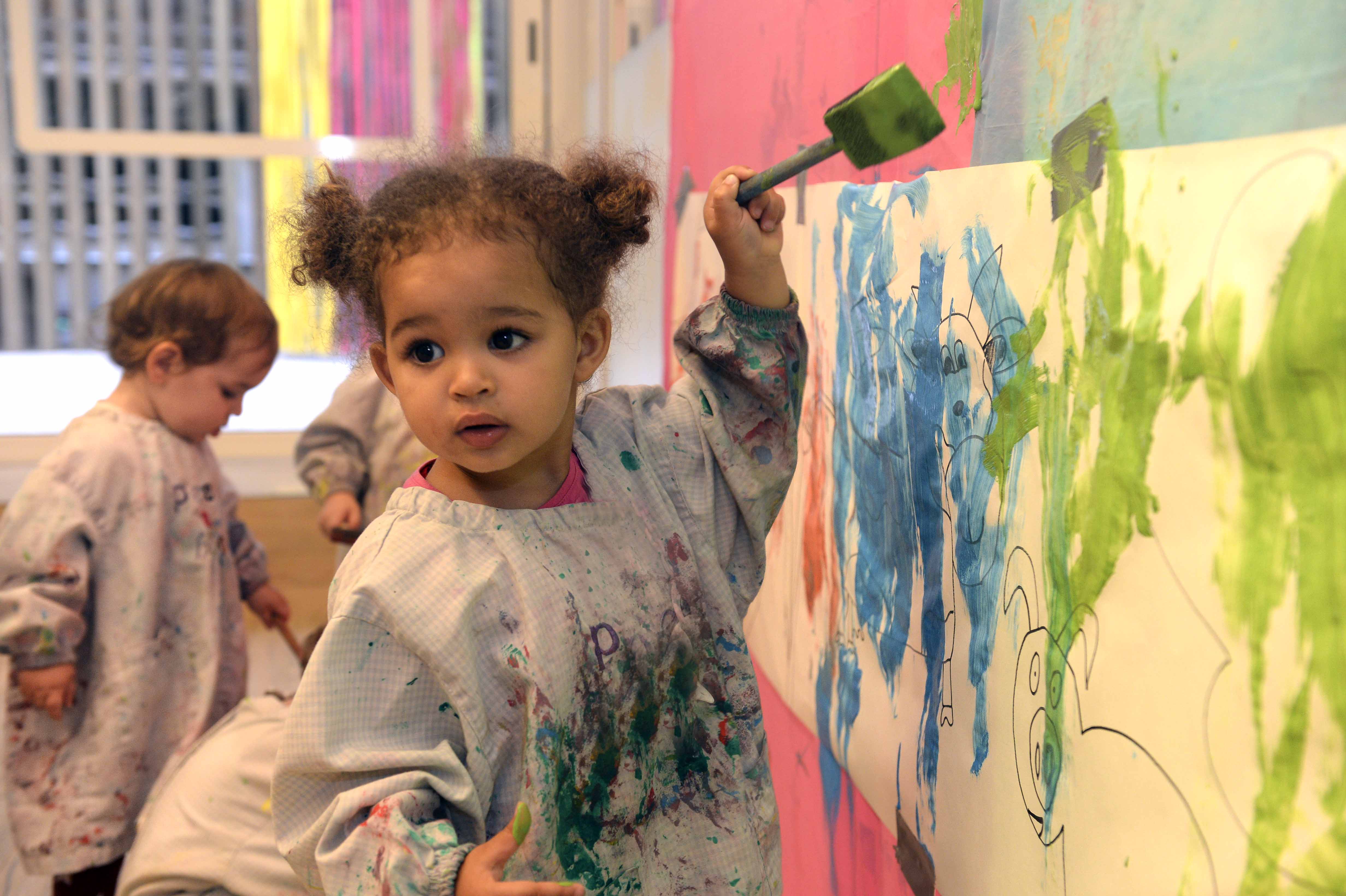
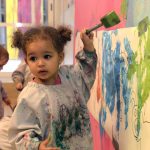
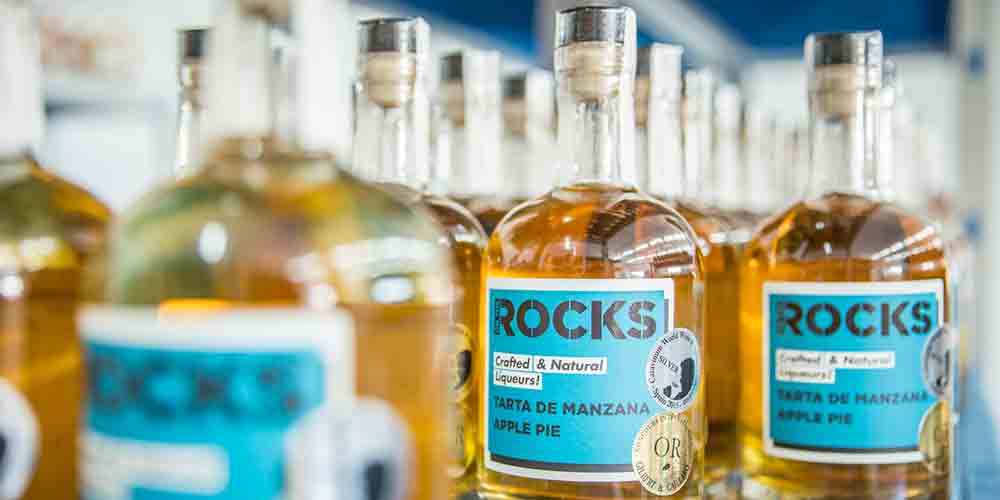

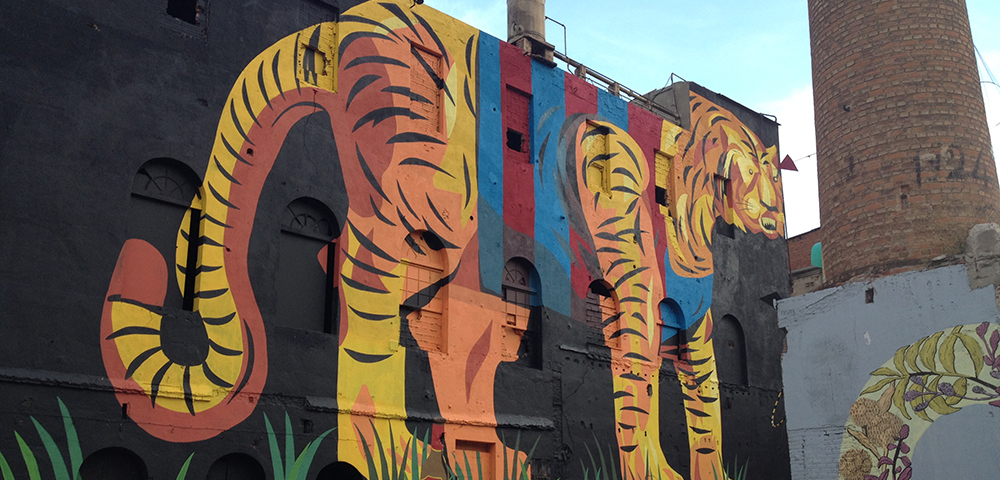
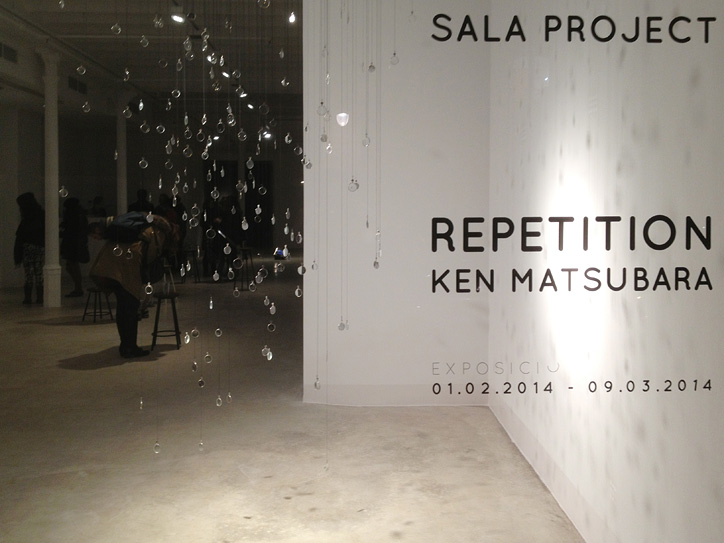
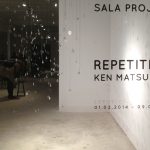
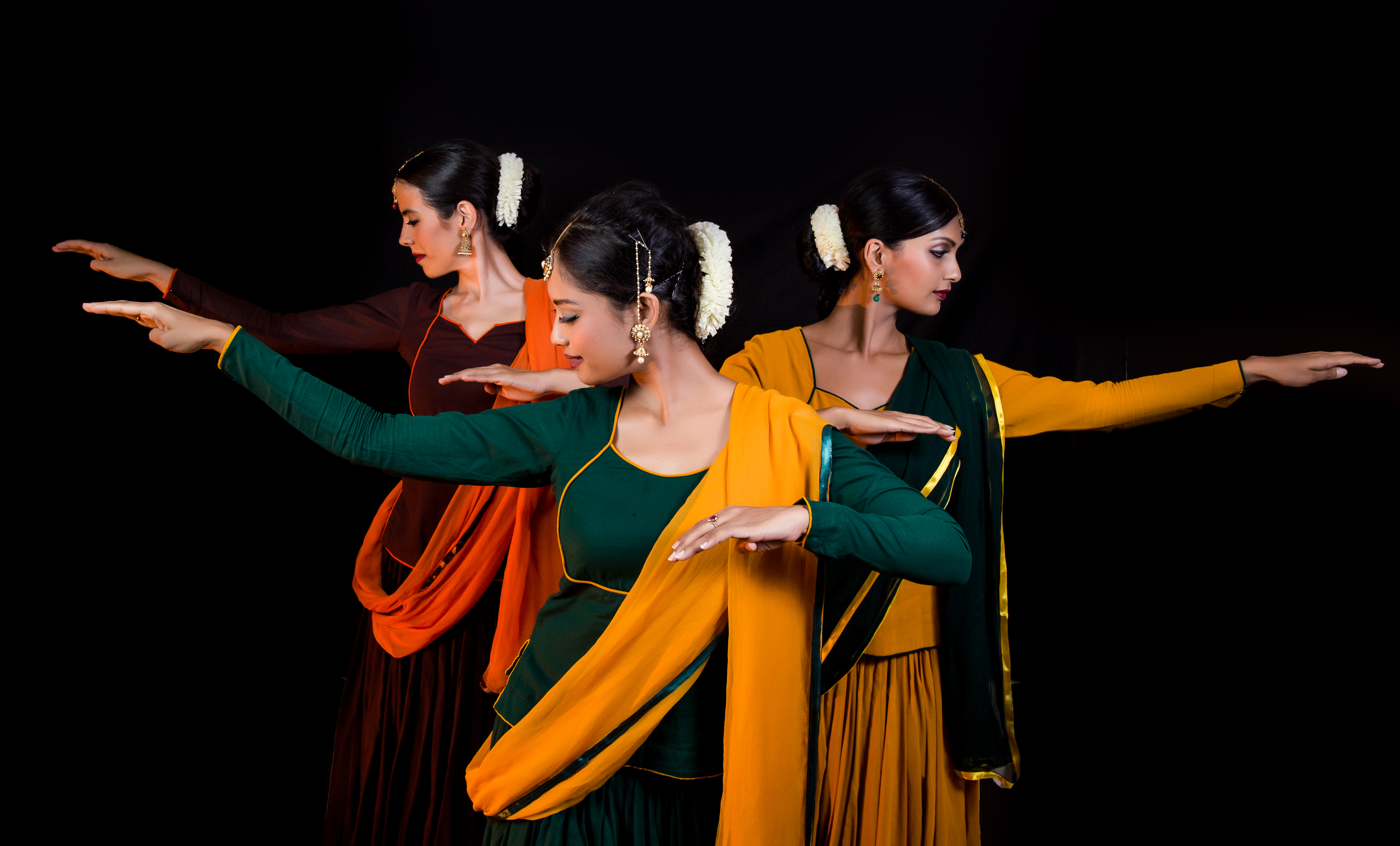


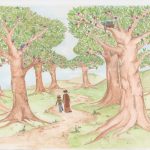
 […]
[…] 